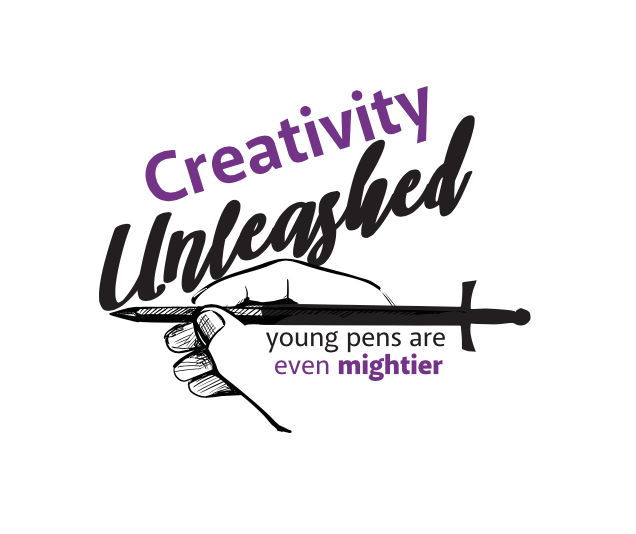The Chemistry of Life
The Chemistry of Life
Written by Dominyka Ksivickaite
Imagine this:
You wake up in the morning to the sound of your blaring alarm. You slap your hand against the bright, red plastic to make it shut up (yes, imagine you have an actual alarm clock). Then, lugging yourself out of bed, you take a sip of water from your plastic bottle before putting it away. You quickly tumble towards your cupboard, pulling out your polyester shirt to slip on alongside some more polyester - your trousers. You pack your bag with your paper notebook, your chromebook and so on before running to the bathroom where you grind your teeth with some toothpaste. You have to rush out of the house, toothpaste still dripping down the side of your mouth, to ensure you’re not late for the bus.
Sure, this sounds like a routine most of us may have in the morning, but it’s a routine we mainly take for granted. Have you ever stopped to think about the materials we use - what we drink, or what we might wear? Did you ever consider that the plastic we use, the plastics that make up our clothes, the water we drink, the paper we write wouldn’t be here without chemistry?
Chemistry isn’t just the subject that you have to take to become a doctor. It isn’t only one of the compulsory subjects at GCSE that you might not study further, or the subject behind the events of ‘Breaking Bad’. Chemistry is much, much more than that. It is the world, it is what makes you and me and everything else. Yet not many people appreciate this, or the actual science itself.
Now, go back to imagining that plastic alarm clock. The creation of plastics is all chemistry. Plastics are made up of polymers (repeating chains of the same unit). One of the most commonly used plastics, polyethylene (also known as polyethene), is an example of a polymer. After all, it is in the name -
polyethylene and polyester. This specific plastic is made by polymerising an alkene called ethene, which is essentially a molecule with two carbons double bonded to each other with hydrogens attached (a hydrocarbon). These are then heated at very high temperatures and pressures before being shaped into items we use everyday - covers for alarm clocks, shampoo bottles and even children’s toys.
All your polyester clothes are made according to the same principles too. It uses PET (polyethylene terephthalate - a form of the commonly used polyethylene plastic mentioned previously) pellets. These pellets are melted and extruded through tiny holes to form long threads, which are eventually cooled to harden into fibres. These fibres can then be spun to make some of the clothes we wear on a regular basis. Without the knowledge of chemistry, we wouldn’t even have the materials available to form these plastics into different objects.
Water wouldn’t be the same without chemistry either. Can you imagine how people used to drink water around 150 years ago? Dirty, from any source they could find, and probably full of diseases (imagine the scene in Back to the Future Part 3 where Marty is handed the glass of water when he goes back to 1885). Luckily, due to our developments in chemistry, we have clean water to drink. Chlorine gas can be pumped through water to treat it, alongside UV sterilisation or using ozone (yes, you read that right. It’s the same stuff up in our atmosphere!). Processes such as distillation (heating a substance until it evaporates before cooling it down to collect the wanted liquid - in this case water) and reverse osmosis (removing different substances from the water through a semipermeable membrane) can be used to desalinate salty, ocean water. Many countries use these processes if their only sources of water are the ocean, such as Saudi Arabia. If we hadn’t really explored the field of science and chemistry in particular, many more of us would still be drinking unclean water.
Another material that has a chemical background is paper. Sure, you may not think of it much since paper is just made from trees, but a lot of chemical processes actually go into making the material itself. The paper itself is made of cellulose, which itself is essentially wood pulp in trees (and they’re full of it). This cellulose has a formula of C6H10O5, which makes it an organic compound as it’s essentially just carbons and hydrogens. The cellulose itself has to be broken down as it has lignin surrounding it, which can be removed by having it dissolved in water. The chemical processes we have come up with in the past few hundred years actually make this happen, and they also help control any microbe activity (such as slime or biofilms that could form if left unchecked, potentially forming breaks, holes and spots in our paper sheets). The chemicals we have also produced give the properties of the paper itself, such as what dye could be used to colour the paper, or what coating would be used. Without these innovations, we may still be using cloth or silk sheets such the same way China did 2,000 years ago or possibly even stone. I can’t imagine stone being comfortable to write on at all.
These materials are examples of the different things we take for granted, especially if we don’t have a love for chemistry. I doubt that, before reading this piece, you considered how the materials we use in daily life are so involved with chemistry. But, there’s nothing wrong with that - you know the chemistry behind some everyday things now. This goes to show that chemistry isn’t just the end goal for being a doctor, it is involved in so much more. It is involved in our daily lives after all, and maybe you can appreciate the science a little more now.



